GoldFish, GoldFish Breeds, Aquarium for Goldfish and GoldFish Food.
Kaivalays’s Ani-Mall – Pet store in Jaipur
In previous two Posts”Gold Fishes and Their Breeds Part 1” & Gold Fishes and Their Breeds Part 2, We have talked About Gold fishes and 6 varieties of Gold fishes, Now in this article we are going to introduce 3 more Varieties of goldfish with you.We will also tell you about their textures, diet, activities, and specializations. So let’s start trying to explore the beautiful world of pets once again from the following list:-
Gold fishes breeds:-
- The feeder or The Common Goldfish.
- The Black Moore Goldfish.
- Bubble Eye Goldfish.
- Celestial Eye Goldfish.
- Comet GoldFish.
- FanTail Goldfish.
- Lion Head Goldfish.
- Oranda Goldfish.
- Pearl Scale Goldfish.
- Pompom Goldfish
- Ryukin Goldfish
- Shubunkin Goldfish
- Telescope Goldfish
- Ranch Goldfish
- Panda Moor Goldfish
- Veil Tail Goldfish
- Butterfly tail Goldfish
- Meteor Goldfish
- Lionchu Goldfish
- Egg Fish
- Shukin Goldfish
- Curled gill Gold Fish
- Tamasaba Goldfish
- Tosakin Goldfish
- White Telescope Goldfish
7. Lion Head Goldfish
Lion Head Gold Fish are also manmade breed. Lion Head Gold Fish is a result of selective breeding and evolution of dominant genetic features into next generations. Lion Head Goldfish is a breed from the time of initial developmental stage of fancy Goldfish breeds. This variety of Goldfish has a hood on its head. They can grow to about 5-6 inches tough lower limit is most common. In this breed of Goldfish, Lion Head Goldfish, a wide range of colors are available. You can find soil metallic red, orange, blue, black, brown and chocolate. Lion Head Goldfish are also found in bi and tri-colored combinations of red, white and black. Red cap Lion Head Goldfish are also common and they look beautiful with shining silky white body and a red cap overhead, just beautiful.
Prominently swelled up face looks distinguish them from other varieties. There are some more exclusive features, let us look into them.
They have an egg-shaped body, like that of fantail but a little bit stockier. They (Lion Head Goldfish) are thought to have been related to Ranchu Goldfish Breed, as both of the above-mentioned breeds the Lion Head Goldfish and the Ranchu Goldfish are descendants of the Egg-shaped Goldfish. Lion Head Goldfish doesn’t have dorsal fin tough they have double tail fin and double anal fin.
Now let us look into the most exclusive feature of the Lion Head Goldfish, its face. The face of the Lion Head Goldfish is covered with colored fleshy growth on whole head, except for the areas of mouth, nose, and eyes. This colored fleshy growth is mostly of the contrasting dark color of body color, mostly different shades of orange. But there can be patches of red, orange, orangish golden etc, large or small.
This fleshy growth on the head of Lion Head Goldfish is susceptible to infections. If you see any soreness or redness or any sort of extra growth or any depressions on the hood you should immediately start medication.
I will give more information about the medication for different problems of Goldfish and in that article, I will try to cover all breeds known to me. I will touch all general problems and breed specific problems then.
8. Oranda Goldfish
Oranda Goldfish are one of my favorite. So Damn Cute!
This fancy variety of Goldfish, the Oranda Goldfish, also have fleshy growth on the head but not as prominent as that in the case of Lion Head goldfish. Their fleshy growth is mostly limited to the portion of the head above their jaw, but in some cases, this can cover their whole head except for mouth and nose.
I have a separate aquarium for Oranda Goldfish and I love to watch them swim slowly. They have something in their movement, it is just so much peaceful to watch them swimming slowly rather I should say floating effortlessly in their surroundings; I used to watch them in the dark of the night with just their aquarium glowing in the soft white light. It is even peaceful to describe this here.
Okay, let us move on, no space of personal fantasies.
Let’s see their (Oranda Goldfish) distinguishable features.
As I have stated earlier, Oranda Goldfish most distinguishable feature is the raspberry-like fleshy growth on the whole head above lower jaw. Other than that they have beautiful, flowing, split, double tail fin. It is the main feature that imparts beauty to the Oranda Goldfish. This split tail fin moves in wavy motion when Oranda Goldfish is swimming and spreads like a fan when they are still in slow-moving, light wavy water.
Other features are common to other fancy Goldfish varieties like egg-shaped body, paired body fins, metallic scale variations and matte scale variations are also found. Colors are varied too as that in case we have previously seen in the case of Lion Head Goldfish. The range of colors is very rich. Oranda Goldfish are found in different shaded of red, orange gold, yellow, silky white with a red cap when looking into solid colors.
Chocolate and blue colors are rare and are common in show circuits. Although the Red Cap Oranda Goldfish is most common along with equally present Orange Oranda Goldfish. Talking about the size, they tend to get bigger than Lion Head Goldfish and Fan Tail Goldfish, reaching up to 7 inches in length in most specimens reaching adulthood.
As for health, since they are having a similar head like that of Lion Head Goldfish, infections and diseases occurring over the fleshy growth of the head do erupt in poorly kept aquariums. This variety of Goldfish is not as hard as Comet Goldfish and Common Goldfish, so they as more likely to catch various diseases related to Goldfish including protozoa generated and other infections. The folds in that cute face will also be likely to catch fungal spores which, at a later stage could develop into a severe fungal infection. If not cared and checked properly at the time of starting of infection, any kind of disease can quickly become fatal to your lovely Oranda Goldfish.
They tend to live more than a decade if properly cared. You need to provide them ample space, mechanical filtration, biological filtration, good nutritious diet and loads of care.
|
|
9. Pearl Scale Goldfish
Oo yeah!
This one is my favorite, more than any other breed. They look like slowly floating lychees in the water. They are plump and really beautiful to watch. Slow swimming lychee fruits in your aquarium, fascinating isn’t it. Little ones are even cuter than the grown-up Pearl Scale Goldfish. Little lychees.
Okay, jokes apart, they are really beautiful fishes and if you keep them in a separate aquarium it looks even more graceful. Tough, you can pair them with other slow swimming varieties of Goldfish, I personally prefer to keep separate breeds in separate aquariums.
You can choose the color of your Pearl Scale Goldfish from a wide selection of colors available. As like other fancy varieties, they are also available in different shades of red, orange, yellow for solid patterns.
Above mentioned solid colors are most common in aquarium trade but you can also find blue, black, chocolate and red and white varieties, though they are more common in show rings than in the aquarium trade. You can also find Pearl Scale Goldfish in multiple color combinations. They are found in double color and sometimes in tricolor option also, but these are rare. A black spot or two are also easily found in the aquarium trade. Though, most commonly in the aquarium trade, dual coloration is actually dark and light pigmentation of same solid color.
Getting back to their appearance, they also have an egg-shaped body, but in the case of Pearl Scale Goldfish this egg is a bit stubby, compact and appears to be flattened on the top. Overall Pearl Scale Goldfish have more rounded bodies compared to Lion Head Goldfish, Oranda Goldfish, and Fan Tail Goldfish.
Oh! This just came in my mind. You must have seen golf balls, Pearl Scale goldfish appears to be like golf balls. Their bodies are somewhat swollen just above their tail and they have a relatively straight back. Scales on the body of a Pearl Scale Goldfish are large and you can feel them separately also as they seem to have been raised a little bit in the center. The scales on the body of a Pearl Scale Goldfish are arranged in successive rows. This makes them strikingly similar to the golf ball.
There are some talks about Crown Pearl Scale Goldfish on the internet, but since I have not personally seen them so I am unable to give any elaborate account. They are described as Pearl Scale Goldfish with the fleshy head growth like that of Oranda Goldfish. Yes, it looks like an amalgamation or a surgically prepared Goldfish with the head of Oranda Goldfish and the body of Pearl Scale Goldfish. Since they ( Crown Pearl Scale Goldfish) share this feature of fleshy head growth with Oranda Goldfish, I believe their health problems might also be similar. I have not kept Crown Pearl Scale Goldfish but I guess, they might be more prone to, fungal problems and protozoa generated diseases. The tendency to fall victim to these parasites is more likely in fancy varieties than in case of the comet and common goldfish.
Examining their size, I can say that most that I have owned grow to around 4 to 4.5 inches in body length in a span of 3 years. But I had one that had grown definitely beyond 5 inches. Unfortunately, one night the foam casing of the filter dropped out and it was sucked in from its mouth into the cavity of filter motor.
They can live fairly long, 10+ years are not uncommon in properly maintained aquariums.
10. Pompom Goldfish
They are known as Pompom Goldfish because of the fleshy growth that appears on both sides of the head between nostrils. More correctly they are known as Pompon Goldfish. People also call them Hana Fusa Goldfish, but these are actually white-colored Oranda Goldfish which have fleshy growth between their eyes, just above nostrils, so don’t get confused between Hana Fusa Goldfish and Pompom Goldfish.
As like other fancy varieties they do not occur in wild. They are developed by selective breeding.
I have read somewhere that they were quite popular a century ago, but frankly speaking, at least in India I have not seen them in regular aquarium shops or in any household. But in show circuits, you can always find some enthusiast who is conserving these lovely Pompom Goldfish.
To me as long as the fleshy bubble growths on the nose are not too big and easily distinguishable separately, they are good. But once these bubble growths over the nose start to grow large to the extent that they lose their separate identity and later tend to get sucked into the mouth of the fish, they are not that much attractive to me. Just a personal opinion.
They are found in many solid colors like red, orange, reddish orange, black, chocolate are mostly seen. Along with solid colors, many combinations of bi-colored Pompom Goldfish are also available like orange and white, red and white etc.
They can grow to just above 4 inches but in optimum conditions like ample space to swim, good feed, clean water etc they can exceed 6 inches in length.
With favorable conditions, you can expect them to live 10+ years.
Please remember to avoid any sharp decorations in your Pompom Goldfish Aquarium because it can damage the nose of your fish but cuts or even scratches. Also, please do not keep them with fast moving varieties of Goldfish like Common Goldfish and Comet Goldfish because they will be stressed. Pompom Goldfish are even slower in their movement than other fancy Goldfish varieties so if kept with fast-moving Goldfish varieties they will be starved. In this case, Pompom Goldfish will not get adequate nutrition and this will adversely affect their overall well-being and growth.
So In Part 3 of Gold Fishes and Their Breeds, We have talked About Gold fishes and 3 more common varieties of Gold fishes, we will be back with All Remaining Breeds of Gold Fishes in Next Article till then Keep Visiting and Share your views and experiences with us using Comment Section, And please don’t Forget to share this post with all the pet lovers.






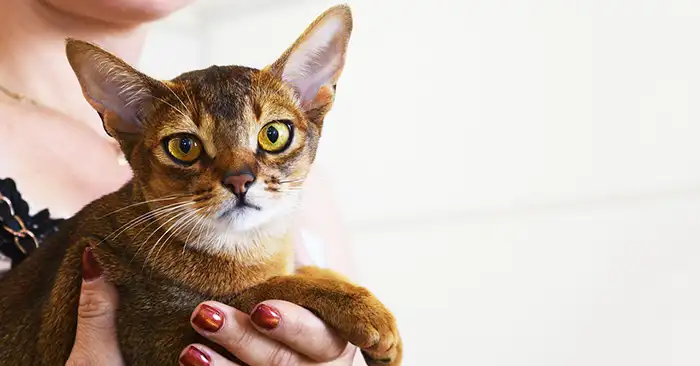
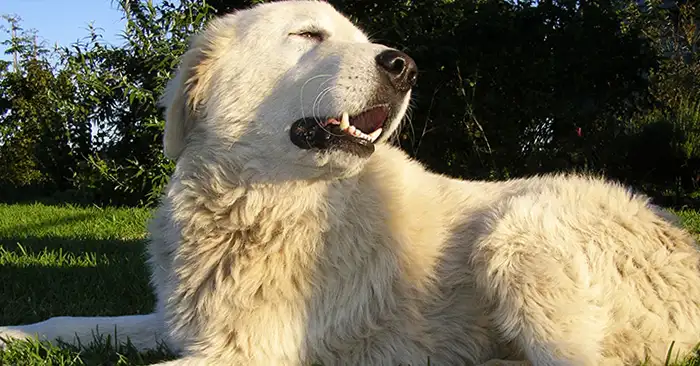
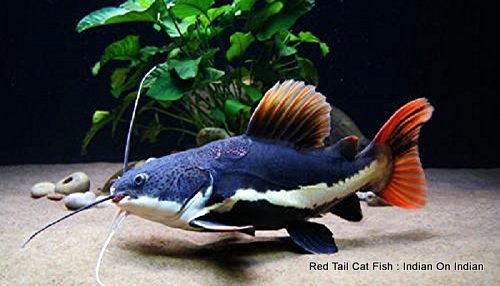
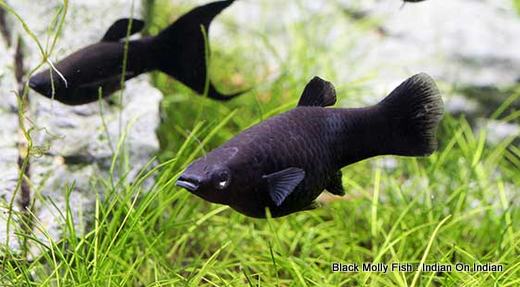
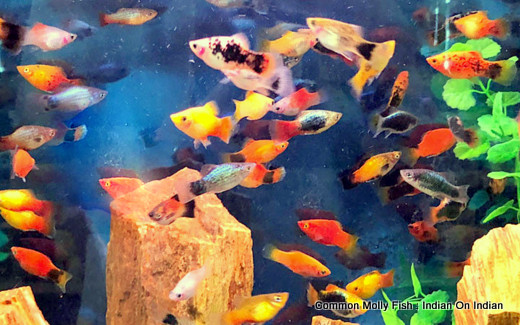
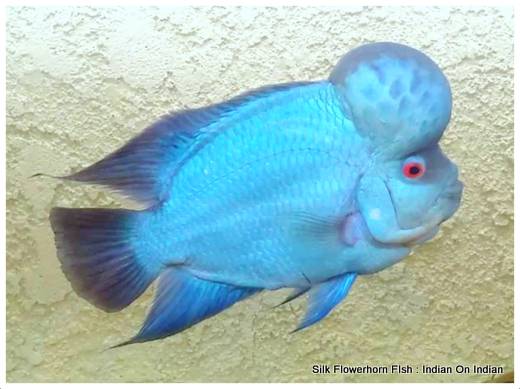
One Comment to “Gold Fishes and Their Breeds Part 3”